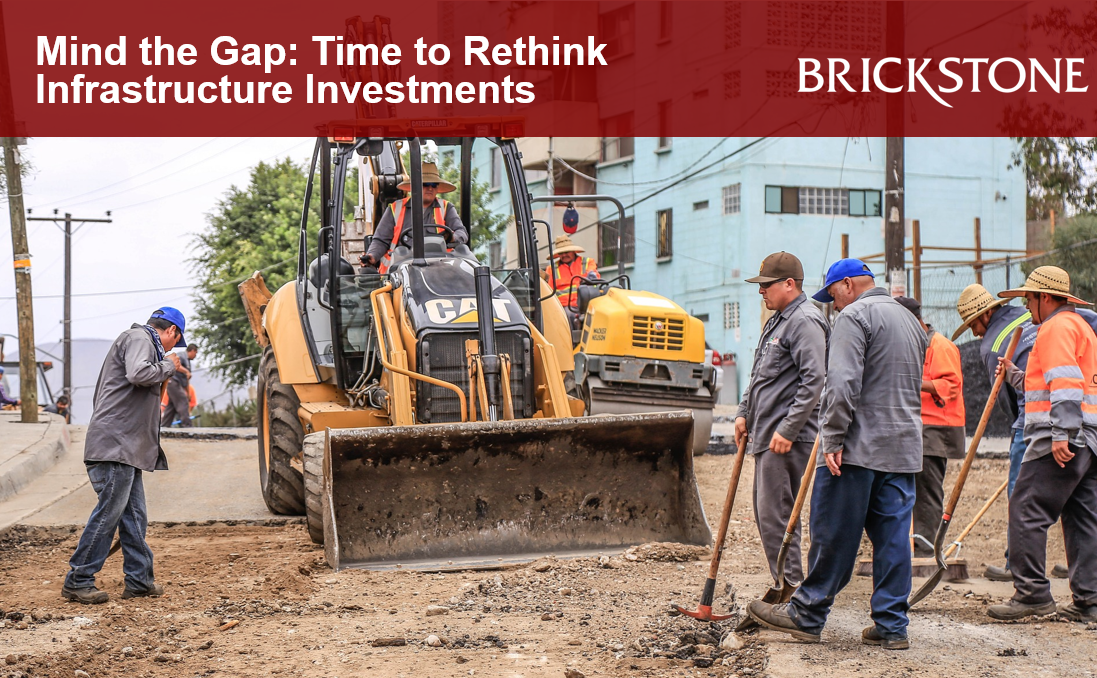Mind the Gap: Time to Rethink Infrastructure Investments
Quality infrastructure investments, inclusive and resilient to positively impact the economy, environment, society, and development, play a substantial role in structural transformation especially in developing countries. Its need has been widely emphasized in the context of sustainable development, the clean energy transition, and the post-pandemic economic recovery.
According to the African Development Bank, quality infrastructure investments contribute significantly to human development, productivity and growth, poverty reduction, and the attainment of the Sustainable Development Goals (SDGs) and Millennium Development Goals (MDGs).
This article by Brickstone reviews institutional reports on the need to rethink and improve infrastructure investment.
Time to Rethink Infrastructure Investments
The global infrastructure demand is high as experts estimate that from 2016 to 2030, there will be a need to invest on average USD3.3 trillion annually to keep pace with the projected growth rate. As the global population keeps growing, high-quality infrastructure that is sustainable, increases business activities, creates new employment, narrows income disparities and empowering gender participation becomes imperative. Quality infrastructure investments support inclusive growth and enhances access to all.
However, there appears to be a huge gap between these needs and the actual infrastructure investments, which is now even larger as a result of the COVID-19 pandemic outbreak. The World Bank reported that roughly $2.6 trillion dollars is required annually through 2030 to meet the Sustainable Development Goals (SDGs) and stay on a path to a net-zero society by 2050. Research findings from the G20’s Global Infrastructure Hub, the United Nations, African Development Bank, and McKinsey & Company confirm that the infrastructure financing gap is huge, standing in multiples of trillions per year.
In the context of global savings, large financing markets, and other investable projects, the available capital is large enough to solve the global infrastructure needs, making the situation manageable. However, there are not enough investable projects, which as a result, serve as an impediments to securing finance from the private sector — pointing to the need for well-developed infrastructure pipelines. The actual availability of projects falls far short of the $2.6 trillion annual investment need we estimate above.
As part of the inadequacy, many infrastructure projects are in very early stages of development and will not be ‘shovel ready’ for years to come. Getting it right starts with good project preparation in line with best practices developed and the G20 Principles for Quality Infrastructure Investment. This, according to the World Bank, is where the real infrastructure delivery gap lies as it ensures quality and sustainability and maximizes the mobilizing power of donor contributions.
Accordingly, the G20 has placed an emphasis on the role of infrastructure investments in promoting economic growth and reducing poverty. Officials have focused on the crucial role project preparation facilities (PPFs) can play in creating pipelines of projects able to attract private capital. From this came the establishment of PPFs and other infrastructure-related initiatives in the ecosystem.
PPFs like Global Infrastructure Facility (GIF), a 2014 G20 initiative that serves as a PPF and global partnership preparation facility connecting governments, MDBs, private sector investors, and financiers to help prepare and structure complex infrastructure public-private partnerships (PPPs)— embraces this approach.
Read more on infrastructure investments here.





